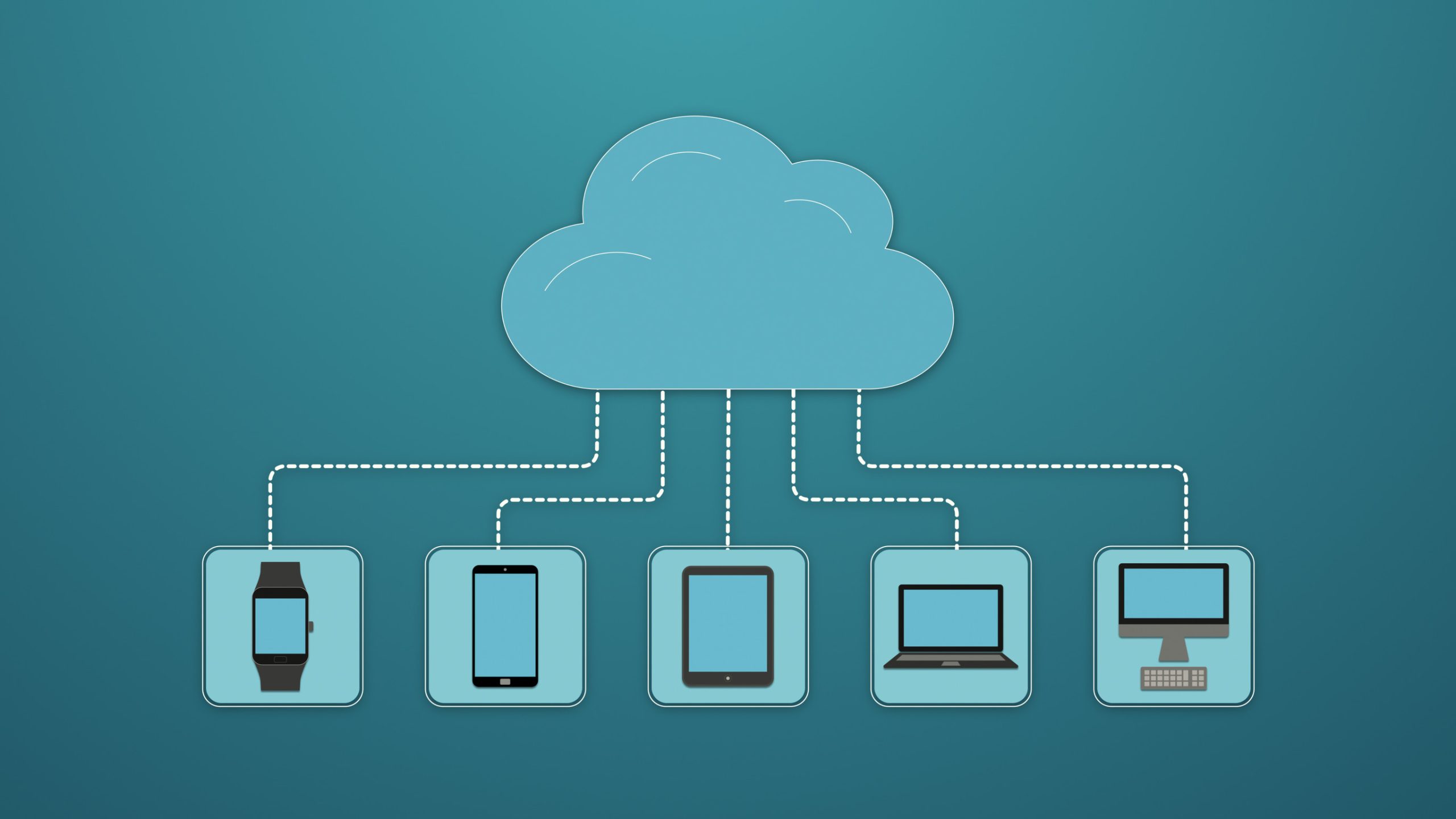
A cracked smartphone, a dead smart speaker, or a glitchy fitness tracker might seem like nothing more than digital junk. But tossing these devices in the trash or even recycling bin could quietly hand cybercriminals the keys to a treasure trove of personal data.
These gadgets are often still loaded with sensitive information — from passwords and financial details to private messages and home network access. Hackers know exactly how to mine discarded tech for data gold. What seems useless to one person can be a jackpot to someone else with malicious intent.
Smart Devices Never Really Forget
Many smart devices retain user data even when they’re no longer working properly or appear to be wiped. Factory resets don’t always erase everything, especially if the storage has been damaged or compromised. Devices like phones, tablets, smart TVs, and even routers often hold traces of saved credentials, Wi-Fi passwords, or access logs. Cybercriminals can use forensic tools to retrieve deleted files or hidden system information. What’s left behind can be more than enough to commit identity theft or break into other devices linked to the same network.
E-Waste Is a Hacker’s Playground
Once a device ends up in an e-waste dump or secondhand market, it may fall into the hands of someone looking to exploit it. According to a study by the University of Hertfordshire, researchers recovered personal information from used devices sold online, including banking details and intimate photos. Many of these devices had supposedly been reset by their previous owners. Without proper data destruction, even junked gadgets can be cracked open and scanned for information.
Cloud Syncing Spreads the Risk
Most modern devices sync to the cloud automatically, which creates copies of data across platforms and applications. If a device isn’t fully unlinked before it’s tossed or sold, it can still access cloud accounts, leaving data vulnerable.
Smart home systems, for instance, often remain connected to the owner’s network, meaning someone with the device could trigger remote access. Unauthorized users could gain control of accounts, emails, or cloud storage simply by restoring the device and using built-in recovery options. A broken smart device can still become a backdoor into an active digital life.

Devices Store More Than Obvious Data
Beyond photos and passwords, devices store metadata, geolocation history, voice recordings, health stats, browsing history, and app activity. Some devices even retain biometric data like fingerprints or facial recognition models. That kind of deeply personal information gives hackers tools to impersonate identities, predict behavior, or even blackmail victims. It’s not just about stealing money — it’s about taking over someone’s digital identity completely.
IoT Devices Are Especially Vulnerable
Internet of Things (IoT) devices like smart thermostats, security cameras, doorbells, and refrigerators often lack strong security protections. They’re frequently ignored when it comes to firmware updates or deactivation before disposal. These gadgets can store network credentials, user preferences, and schedules that allow attackers to map out a target’s routine. Once compromised, they can act as a gateway into a home network or larger connected ecosystem. Unlike smartphones, they don’t always come with straightforward reset or wipe options, making them easier to exploit.
Broken Doesn’t Mean Safe
Just because a device no longer powers on or functions normally doesn’t mean it’s secure to discard. Data can still live on damaged drives or corrupted chips that forensic software can piece back together. Even devices with cracked screens or water damage often have salvageable internal storage. Criminals can remove components like SSDs or SIM cards and extract usable data with the right tools. Physically broken is not the same as digitally erased.
Resale and Recycling Aren’t Always Secure
Many people choose to donate or recycle devices, trusting third parties to handle data deletion. Unfortunately, not all recyclers follow strict data security protocols, and some may even resell devices without proper sanitization. Devices that were meant to be destroyed can end up in resale markets overseas where data laws are loose or nonexistent. Personal data may be exposed to a global black market through negligence or poor handling. Trusting the wrong outlet can multiply the chances of identity theft.
The Chain Reaction of Compromise
One compromised device can lead to a cascade of other security breaches. A smart speaker with leftover account access might lead to cloud files, smart locks, or voice-controlled purchases. A used router could expose all connected devices in a home or office if settings aren’t properly cleared. Cybercriminals often use data from one entry point to unlock access to multiple others, especially when people reuse passwords. This chain reaction can unfold quietly until major damage has already been done. One small oversight can snowball into a full-blown identity crisis.
Better Disposal = Better Protection
The safest way to dispose of a smart device is to ensure data is thoroughly wiped, unlinked from cloud accounts, and reset using verified factory protocols. For devices that don’t turn on, physical destruction of the memory chip or internal storage is often the most reliable method. It’s worth investing in a certified e-waste recycler that guarantees secure disposal practices. Treat every smart device — no matter how minor — as a potential threat vector if handled carelessly. Taking time to wipe or destroy devices today can prevent a cyberattack tomorrow.
Don’t Trash Your Digital Identity
Tossing out a smart device isn’t just a matter of waste — it’s a security decision with real consequences. Even the most harmless-looking piece of tech could still be holding private keys to your identity. Hackers are increasingly turning to used devices as a low-risk, high-reward way to steal personal information. Smart doesn’t always mean safe, and broken doesn’t always mean empty. Before getting rid of any smart device, ask yourself: who could be holding it next — and what could they do with it?
Have thoughts on this issue or an experience to share? Leave a comment below and join the conversation.
Read More
6 Smart Devices That May Be Listening During Legal Consults
10 Signs Your Smart Home Is Being Used to Spy on You
The post Why Throwing Out a Broken Smart Device Could Lead to Identity Theft appeared first on Everybody Loves Your Money.







